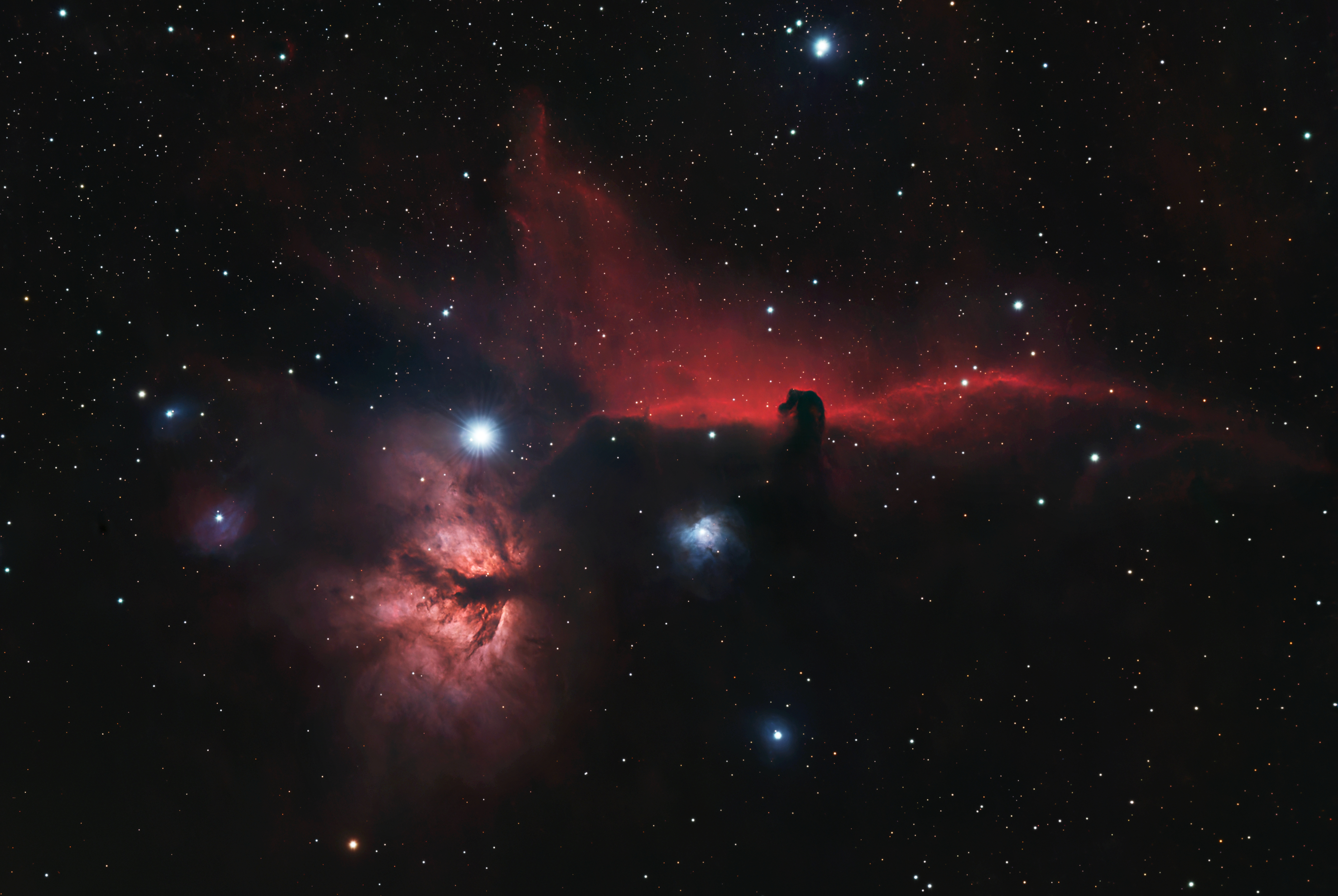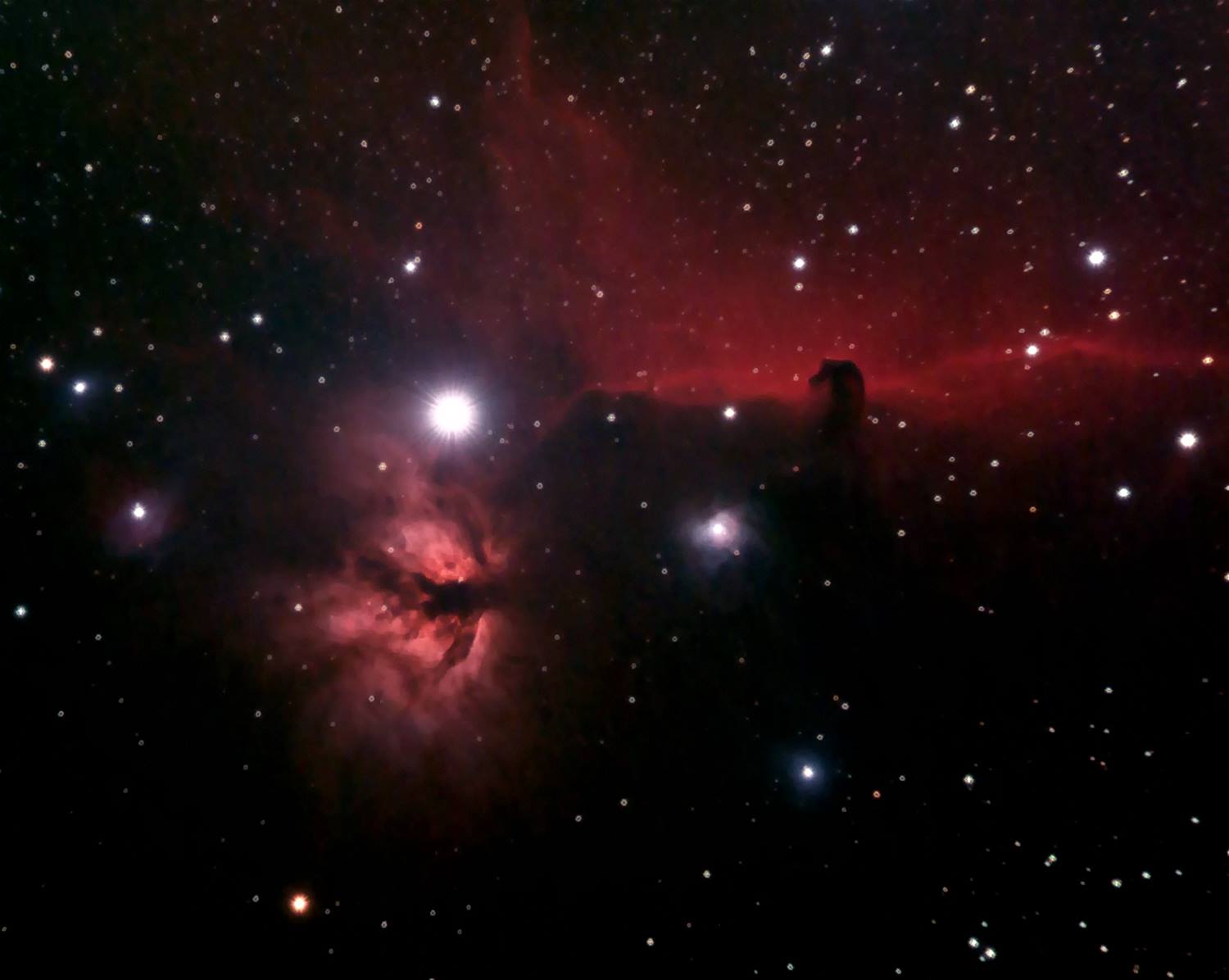AZ Maverick
Well-Known Member
So - I was going through some of my old data back when I first started astrophotography seven years ago.
I found a folder with IC434 (Horsehead Nebula) and the NGC 2024 (Flame Nebula).
This data was very bad and at the time software didn't exist to process it properly, so the end result was not very good and I never used the data.
However, in today's time the processing software has advanced a lot and I was able to re-process the data and actually get an acceptable image.

I found a folder with IC434 (Horsehead Nebula) and the NGC 2024 (Flame Nebula).
This data was very bad and at the time software didn't exist to process it properly, so the end result was not very good and I never used the data.
However, in today's time the processing software has advanced a lot and I was able to re-process the data and actually get an acceptable image.


































![Craft A Brew - Safale S-04 Dry Yeast - Fermentis - English Ale Dry Yeast - For English and American Ales and Hard Apple Ciders - Ingredients for Home Brewing - Beer Making Supplies - [1 Pack]](https://m.media-amazon.com/images/I/41fVGNh6JfL._SL500_.jpg)




























